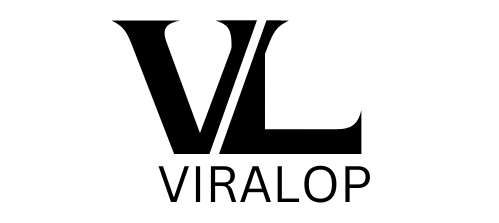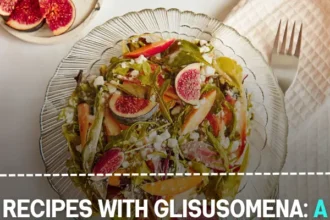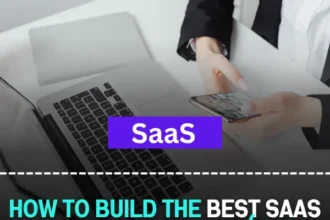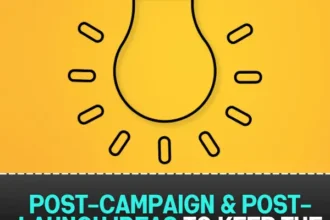If you’ve ever told a friend about your favorite coffee shop or shared a discount code from an app you love, congratulations—you’ve participated in a referral program.
Referral marketing is one of the most powerful and cost-effective growth strategies out there. But here’s the twist: not all referral programs are created equal. Some barely move the needle. Others? They explode and go viral.
In this post, we’ll break down:
- What a referral program is
- The 3 types of referral programs
- What makes a referral go viral
- Real-world referral program examples
- Free software you can use to launch your own
Let’s dive in.
What Is a Referral Program, Really?
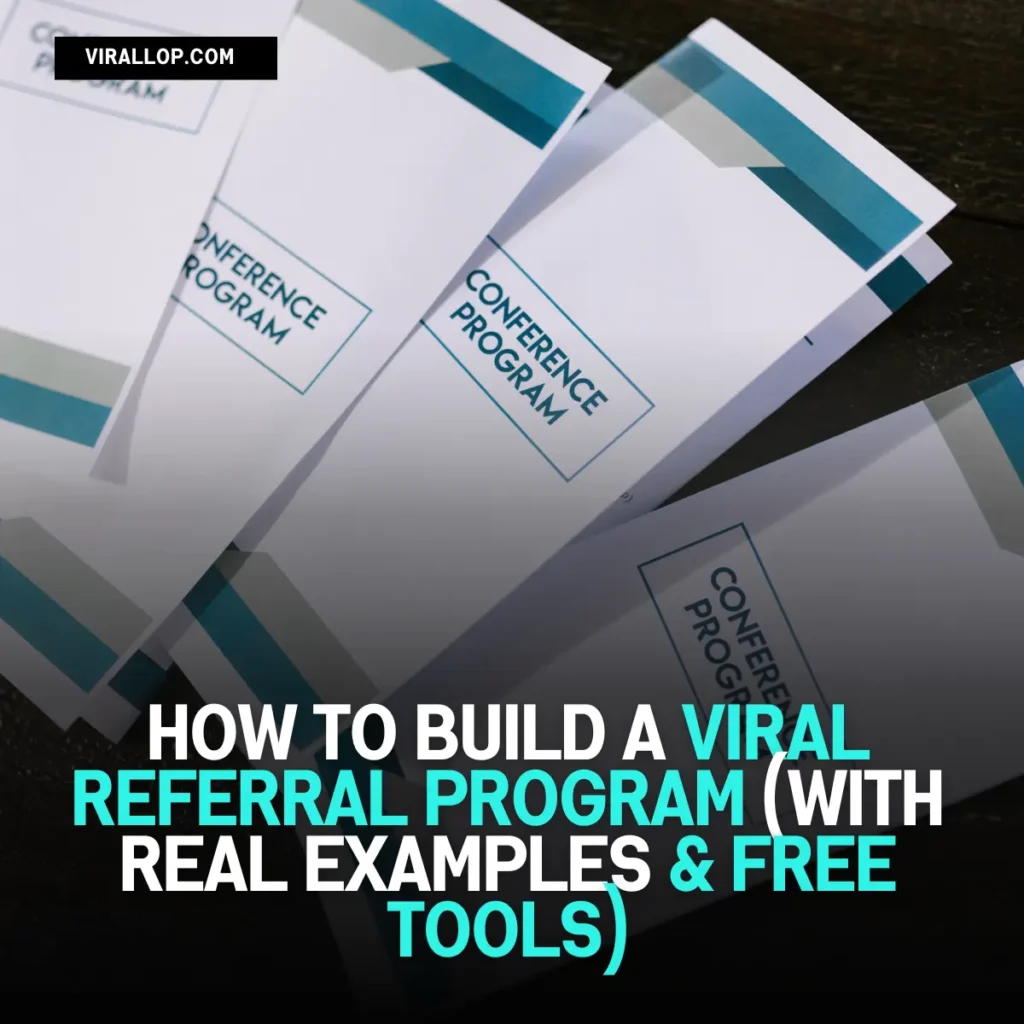
A referral program is a word-of-mouth marketing strategy where businesses reward existing customers for bringing in new ones. It taps into the psychology of trust—people trust people more than they trust ads.
In the SaaS and eCommerce world, referral programs help with:
- Customer acquisition (new sign-ups, installs, purchases)
- Customer retention (people stay longer if they bring in their network)
- Brand loyalty (rewarding users for sharing love)
It’s a win-win-win.
The 3 Main Types of Referral Programs
Most referral programs fall into one of these three buckets:
1. Single-sided Referral
Only the referrer gets a reward. Example: Uber’s early referral program gave users a free ride for every friend they invited.
2. Double-sided Referral
Both the referrer and the new user get something. Example: Dropbox gave you and your friend extra storage when they signed up.
3. Multi-level or Tiered Referral
Users get increasingly better rewards the more people they refer. Example: Morning Brew gave out hoodies, mugs, and even exclusive content as readers referred more subscribers.
What Makes a Referral Program Go Viral?

Viral loops are what you’re aiming for.
A viral loop starts when a user joins your product, loves it, refers others, and those new users repeat the cycle. The magic number here is the viral coefficient.
✅ Viral Coefficient = Number of new users one user brings in.
If every user brings in more than one new user, you’ve got a viral product.
Example: If 100 users invite 200 friends, your viral coefficient is 2. That’s hypergrowth.
To hit that, your referral program must:
- Offer clear value (both sides win)
- Be easy to share (integrate with social, SMS, and email)
- Be timely (ask at peak satisfaction, like right after a successful order or onboarding)
Real Referral Program Examples That Worked

Here are a few that nailed it:
🚀 Dropbox
Probably the most quoted example. Their double-sided program fueled 3900% growth in just 15 months. Why? The reward (free storage) matched what users valued most.
📩 Morning Brew
This daily newsletter gave subscribers referral links and rewarded them with cool swag. Their growth? 2.5M+ subscribers, mostly from referrals.
🛍️ Glossier
The DTC beauty brand encouraged referrals by giving both parties discounts. Fans became ambassadors, and the brand exploded through Instagram and word-of-mouth.
Referral Program Software (Free & Paid Options)
You don’t need a developer team or a massive budget to launch a referral engine. Here are some tools—many with free plans:
- ReferralCandy – eCommerce focused, integrates with Shopify
- ViralLOP – Templates for newsletter and product-based referrals
- GrowSurf – Great for SaaS, B2B, and waitlist campaigns
- InviteReferrals – Simple UI, easy to set up campaigns
- Talon.One – For advanced referral logic (paid)
Most tools offer referral tracking, customizable rewards, fraud detection, and API access.
Final Thoughts
A solid referral program isn’t just about giving people freebies—it’s about building a growth engine powered by your customers. When done right, referrals create a viral loop where trust does the selling for you.
So whether you’re launching a new startup or scaling your brand, don’t sleep on referrals. Start simple, optimize based on data, and reward your biggest fans.
Pro Tip: Start by asking your top 10 customers this question: “Would you refer us to a friend?” If the answer is yes, you’re ready to roll.
